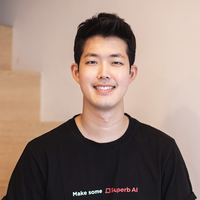Artificial intelligence & robotics
Aäron van den Oord
His AI system creates artificial voices that sound remarkably human.

Global
Yichen Shen
Optical chips that can make calculations for neural networks are poised to become big business.

Asia Pacific
Jonathan Scarlett
A better understanding of the mathematical algorithms and theory behind group testing.

Global
Anna Goldie
She uses AI to design microchips much more quickly than humans can.

Korea
Hyunsoo Kim
Lowering the barriers to entry for developing production-grade AI.
